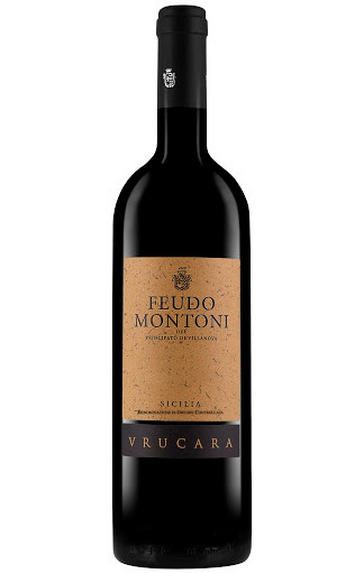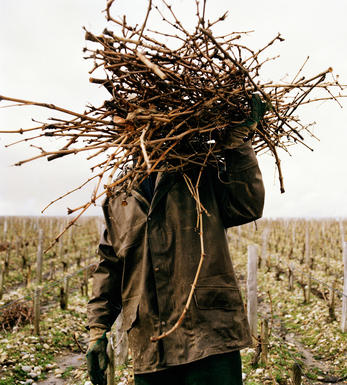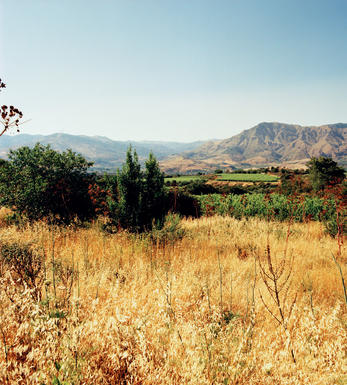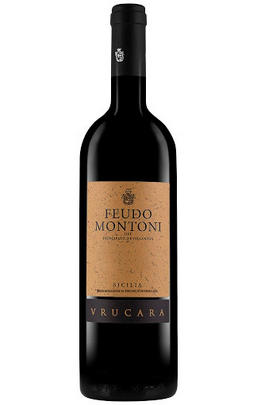
Critics reviews
Monica Larner - 29/01/2016
About this WINE

Feudo Montoni

Sicily
Sicily's total vineyard area has actually shrunk from 322,000 hectares in 1880 to 113,000ha today (2014). 85% is planted with indigenous grapes (a growing trend), of which 70% is white grapes. Up until the 1990s much of the white wine production was mainly Trebbiano for distillation; then the switch was made to international/French varieties to be used as blending material in Northern Europe. Now the authorities are beginning to study indigenous grapes more seriously, of which 15 have been identified, along with a further 50 ancient varietals. 80% of the vines are located in the western Val di Mazara part of the island, on the wide open plains. Yet 65% of the island is hilly, especially the mountainous northern and north-eastern Val di Demonte.
The island is responsible for circa 12.5% (2012 harvest) of Italy’s wine output, being the fourth most productive region (after Veneto, Emilia Romagna and Puglia). The percentage of DOC/DOCG wines here remains in the minority, with Cerasuolo di Vittoria being the only DOCG. There are 22 DOCs, notably those of: Marsala, Moscato di Pantelleria, Faro, Etna and Eloro. In 2012, the authorities introduced an all-embracing DOC Sicilia, but one that continued to allow international grapes to be included in historic DOCs, such as Etna.
The terroir is much more diverse than expected. Topgraphically, the western end of the island is essentially flat with sedimentary, calcareous clay. The centre northern eastern areas are essentially mountainous with peaks at 2000 msl., made up of ignaceous rocks with sedimentary coastal strips. The east around Catania lies on the lava flows from Monte Etna, while the high Hyblaean plateau that dominates the south-east is underpinned by limestone bedrock, over which lies a tilth of volcanic dust. The area around Vittoria is more red loam over limestone.
The climate is essentially Mediterranean. That said, the south, south west is influenced by north African warm humid scirocco winds; the north battered by northern winds spinning off the Tyrrhenian sea, making the centre almost continental; the east and south east fanned gently by Mediterranean air currents off the Ionian sea; offset by high altitudes.
The key autochthonous grapes, their zones and producers that are leading the (re) emergence of Sicilian fine wine are: white Grillo and Zibibbo around Marsala (producer Marco de Bartoli); white Catarratto and red Perricone in the centre/north (Valdibella and Porta del Vento); red Nerello Mascalese and Cappuccio, and Nocera grapes of Faro (Bonavita); Nerello Mascalese and white Carricante of Etna (Graci); red Nero d’Avola of Noto (Rigoria); and the red Frappato of Cerasuolo di Vittoria fame (Arianna Occhipinti and COS)
The good name of Marsala was created by the British during the18th century, but ruined by the Italians when they took over the industry in the late 19th century, turning it into merely a cooking ingredient. Now the likes of Marco De Bartoli are reviving the quality and reputation; turning the clocks back.
Recommended producers: Alberto Aiello Graci, Marco de Bartoli, Porta del Vento, Valdibella, Bonavita, Rigoria, Arianna Occhipinti



Buying options
Add to wishlist
Description
The delicious 2011 Nero d'Avola Vrucara is one of the protagonists of Sicilian enology. Fabio Sireci is on an explosive upward trajectory that started at an already impressive quality level. His wines just get better and better. By law, a wine labeled Nero d'Avola must be 85% true to the variety, and I don't know if anything else is added here, but it hardly matters. Vrucara sees fruit sourced from the Principato di Villanova property in central Sicily. The wine is loaded tight with bold berry intensity, olive tapenade, hummus, crushed earth, tobacco and balsam herb. You rarely see this level of complexity with Nero d'Avola. I love everything about this beautiful wine. Fruit is sourced from 90-year-old pre-pylloxera vines.
Monica Larner - 29/01/2016
wine at a glance
Delivery and quality guarantee